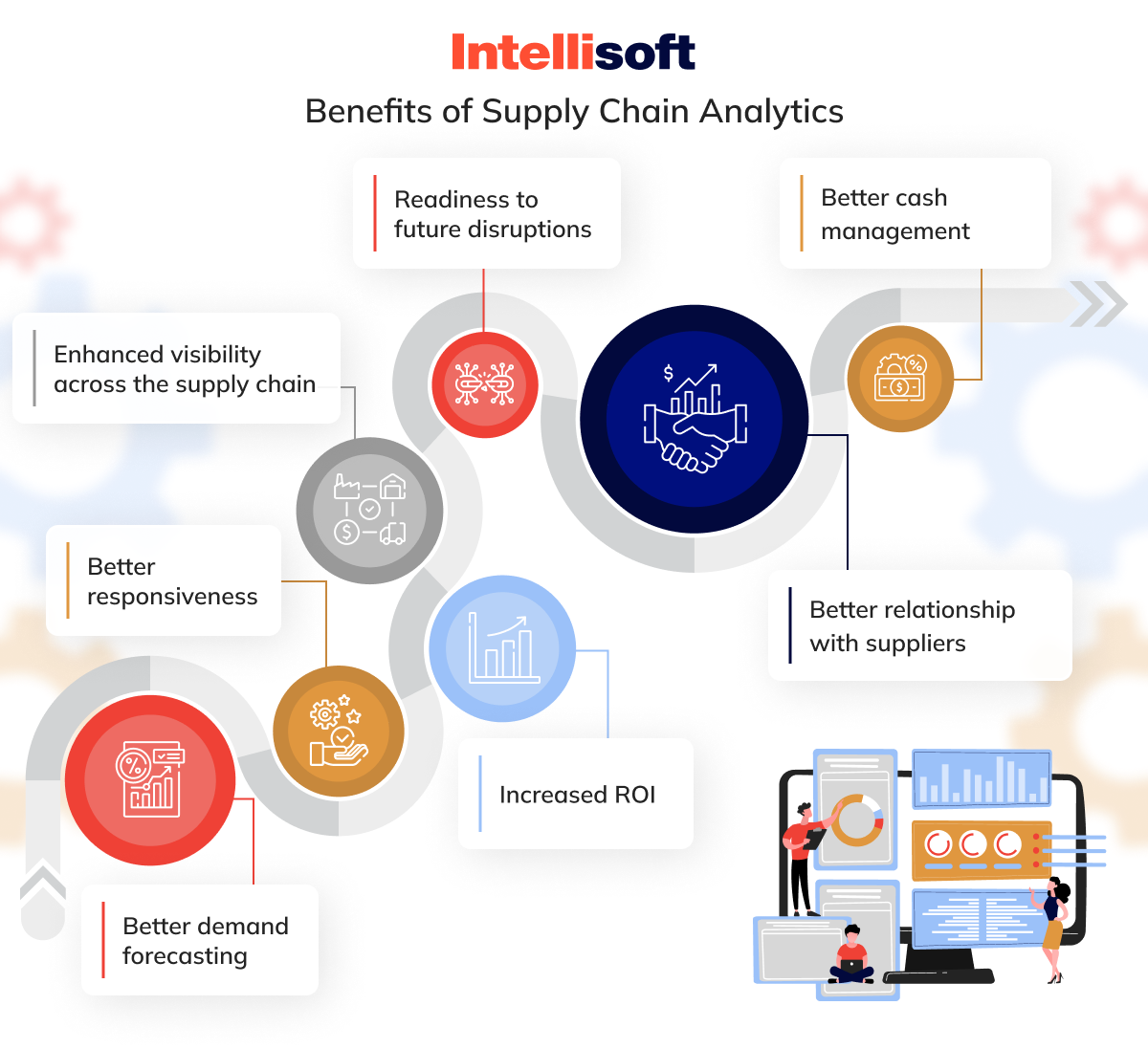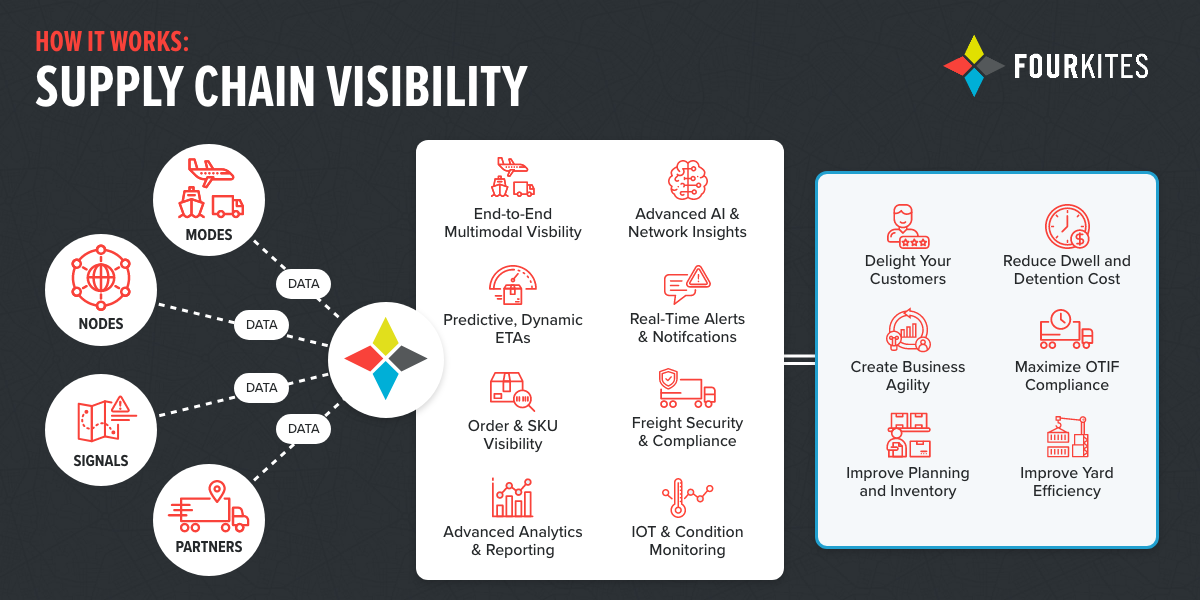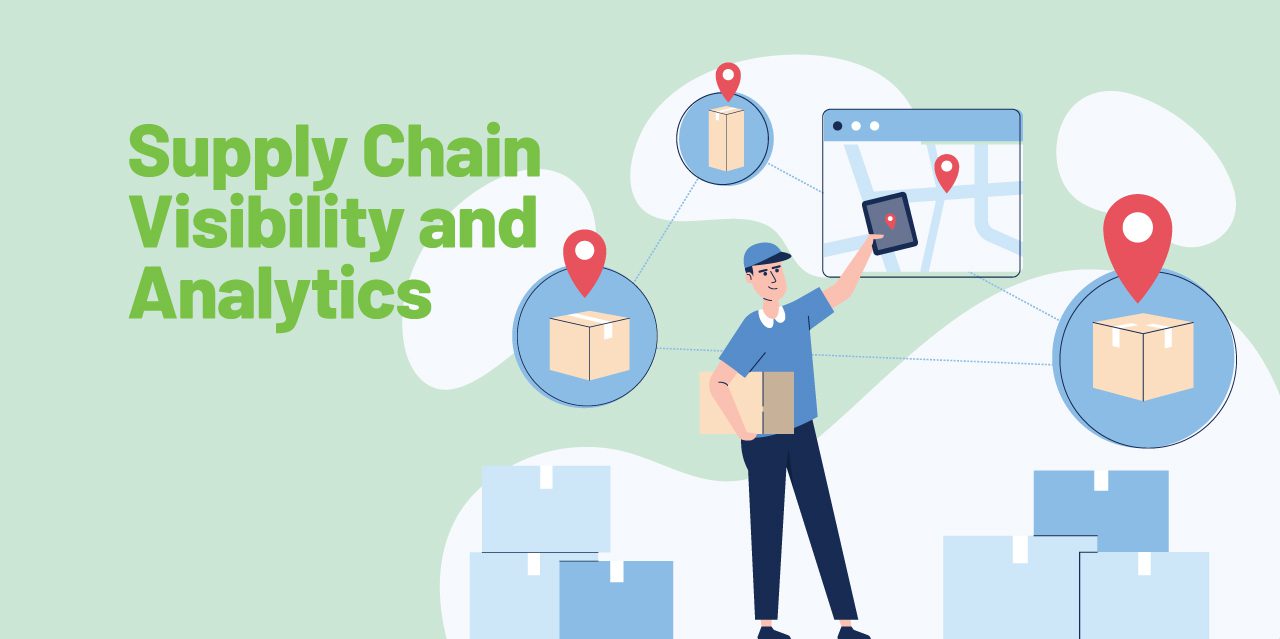Supply Chain Visibility and Analytics

In an increasingly complex and interconnected world, supply chain visibility and analytics have become the cornerstone of operational excellence. Companies striving for efficiency, resilience, and customer satisfaction need to harness the power of advanced technologies to gain deeper insights into their supply chains.
This comprehensive guide explores the concepts, benefits, challenges, and best practices for achieving optimal supply chain visibility and leveraging analytics to drive success.
What is Supply Chain Visibility?
Supply chain visibility (SCV) refers to the ability to track and monitor every aspect of the supply chain—from raw material sourcing to the delivery of finished goods. It provides real-time data on inventory, transportation, and operations, enabling businesses to make informed decisions quickly.
Why is Supply Chain Visibility Important?
- Real-Time Tracking: Know where your goods are at any given moment.
- Risk Mitigation: Identify and address disruptions before they escalate.
- Improved Customer Satisfaction: Offer accurate delivery timelines.
- Regulatory Compliance: Ensure adherence to international trade regulations.
Quote: “Transparency in supply chains is no longer a luxury—it’s a necessity for competitive businesses.”
What is Supply Chain Analytics?
Supply chain analytics involves using data-driven techniques and tools to analyze supply chain operations. It helps businesses uncover patterns, forecast demand, and improve overall efficiency.
Key Areas of Supply Chain Analytics
- Descriptive Analytics: Understand past performance.
- Predictive Analytics: Forecast future trends and risks.
- Prescriptive Analytics: Optimize operations and recommend actions.
Benefits of Supply Chain Visibility and Analytics
1. Enhanced Decision-Making
With access to real-time data and insights, businesses can make proactive decisions to optimize inventory levels, reroute shipments, and reduce costs.
2. Reduced Costs
Identify inefficiencies, reduce waste, and streamline processes to achieve cost savings across the supply chain.
3. Better Risk Management
Monitor global events, weather conditions, and other disruptions to mitigate risks effectively.
4. Improved Customer Experience
Transparent and accurate delivery tracking builds trust and enhances customer satisfaction.

Challenges in Achieving Supply Chain Visibility
While the benefits are undeniable, there are obstacles that businesses must overcome:
- Data Silos: Disconnected systems and departments lead to fragmented data.
- Lack of Standardization: Different regions and partners may use varying formats and protocols.
- Technological Barriers: Implementing advanced tools can be costly and time-consuming.
- Cybersecurity Risks: Sharing data across multiple stakeholders increases exposure to threats.
Strategies to Improve Supply Chain Visibility
1. Adopt Advanced Technologies
Leverage tools like Internet of Things (IoT) sensors, Blockchain, and Artificial Intelligence (AI) to enhance visibility and traceability.
2. Collaborate with Partners
Establish strong partnerships with suppliers, logistics providers, and customers to create a unified data-sharing network.
3. Invest in Data Analytics
Implement robust data analytics platforms to process and interpret vast amounts of information efficiently.
Pro Tip: Choose scalable solutions that grow with your business needs.

Real-World Applications of Supply Chain Analytics
1. Retail Industry
Retailers use predictive analytics to forecast demand, optimize inventory levels, and reduce stockouts.
2. Healthcare Sector
Hospitals and pharmaceutical companies rely on analytics to manage critical supplies like medications and medical equipment.
3. Manufacturing
Manufacturers utilize prescriptive analytics to optimize production schedules and reduce downtime.
Case Study: Amazon
Amazon’s supply chain analytics enable same-day delivery by optimizing its warehouse and transportation operations.
Future Trends in Supply Chain Visibility and Analytics
1. Artificial Intelligence (AI) Integration
AI will continue to drive smart decision-making by analyzing patterns and automating processes.
2. Blockchain for Transparency
Blockchain ensures secure and tamper-proof tracking of goods throughout the supply chain.
3. Sustainability Analytics
Companies will increasingly use analytics to measure and reduce their environmental impact.
Insight: By 2030, nearly all major supply chains are expected to integrate sustainability metrics into their operations.
FAQs
What is the difference between supply chain visibility and supply chain analytics?
- Supply Chain Visibility focuses on tracking and monitoring operations in real time.
- Supply Chain Analytics involves analyzing collected data to improve decision-making and efficiency.
How can small businesses benefit from supply chain analytics?
Small businesses can use affordable analytics tools to forecast demand, reduce costs, and improve operational efficiency.
What are some common technologies used for supply chain visibility?
Technologies like IoT devices, RFID tags, Blockchain, and cloud-based platforms are widely used to enhance visibility.
Conclusion
Supply chain visibility and analytics are revolutionizing the way businesses operate. By embracing advanced technologies and data-driven strategies, companies can navigate the complexities of global markets, reduce risks, and deliver exceptional customer experiences.
Investing in these tools is no longer optional—it’s a strategic imperative for businesses aiming to thrive in today’s competitive landscape.
For further insights on supply chain solutions, explore RTS Labs.


